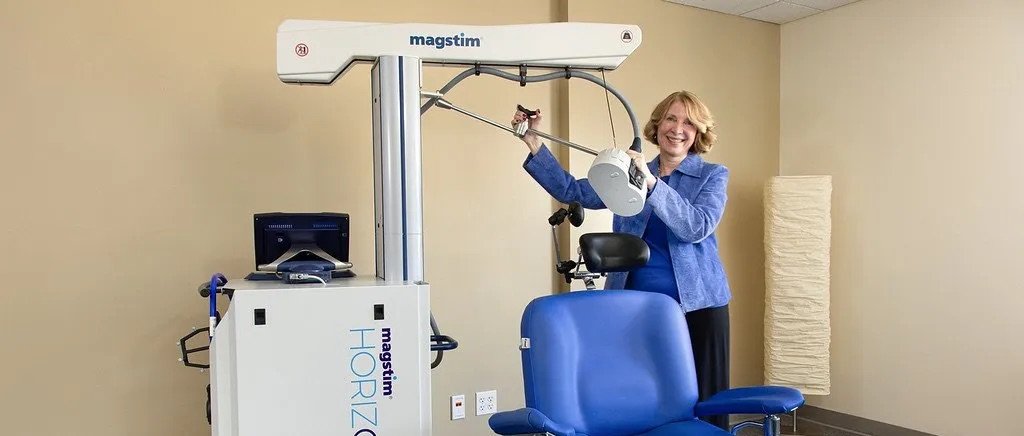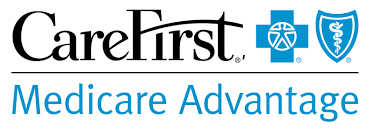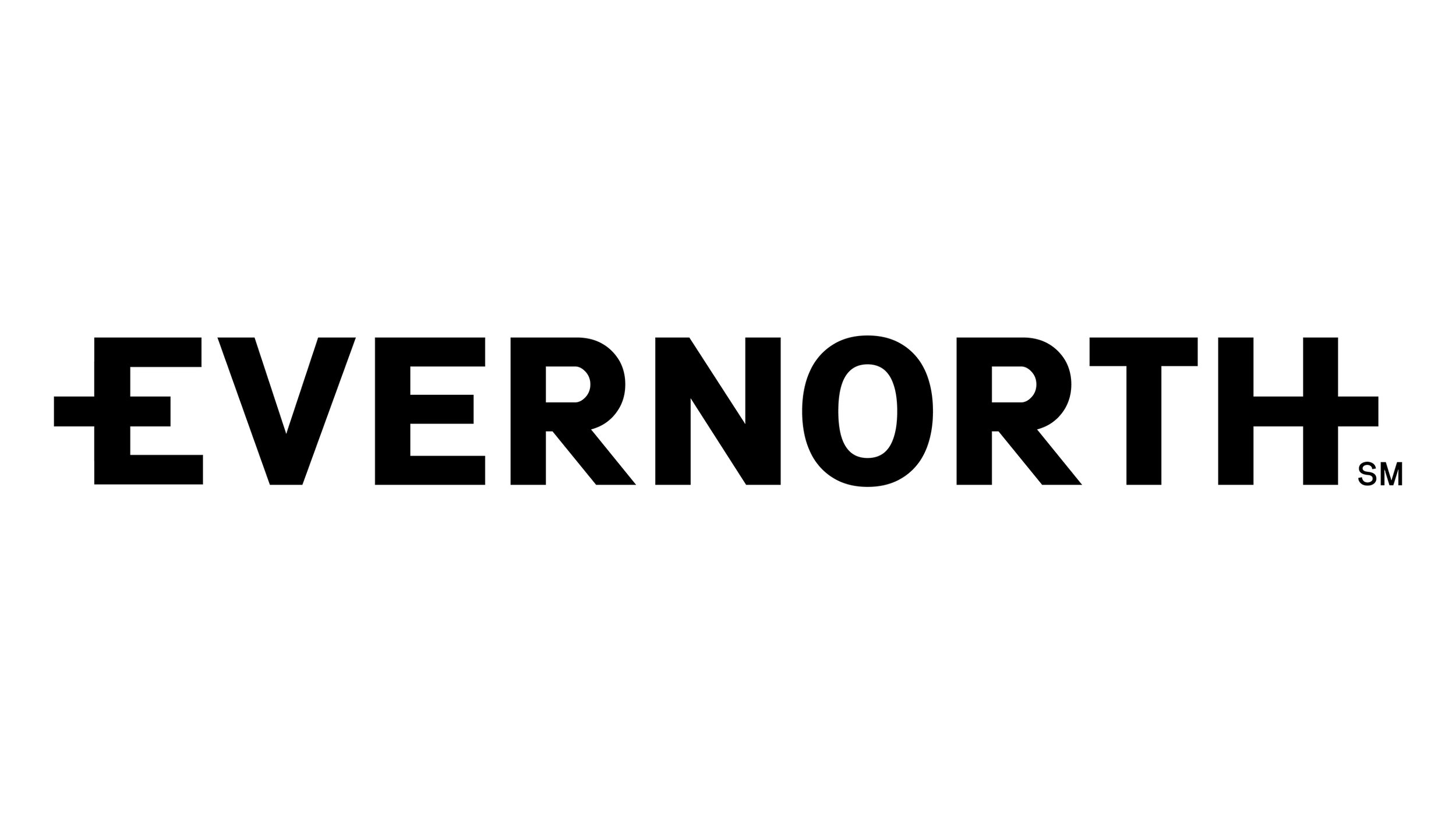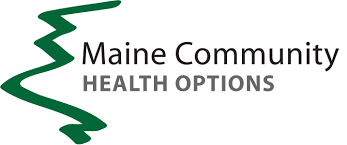
Transcranial Magnetic Stimulation
TMS is a brief outpatient treatment that offers long-term remission from the debilitating symptoms of depression, and gives life back to those suffering. TMS is a safe and an effective, non-invasive, non-drug therapy. Unlike antidepressants, TMS does not cause undesired systemic side effects, such as weight gain, sleeping problems, or sexual dysfunction, and patients freely return to their normal activities after treatment. Unlike electroconvulsive therapy (ECT), TMS does not cause debilitating side effects, such as memory loss, muscle spasm or aches, delirium, or temporary psychosis. In fact, the only side effects associated with TMS are discomfort at the site of treatment or possible a headache, which typically resides after the first few treatments.
A brief overview of TMS
FDA-approved in 2008 for the treatment of major depressive disorder, transcranial magnetic stimulation (TMS therapy) has revolutionized the field of psychiatric and neurological medicine. Simply put, TMS is a series of repetitive, brief and targeted magnetic pulses that work to stimulate brain cells.
Magstim TMS therapy is a safe and effective treatment for Major Depressive Disorder, which is non-invasive and has few known adverse effects resulting in better patient outcomes and long-term relief from depressive symptoms.
While numerous clinical trials around the world continue to discover the benefits and uses of transcranial magnetic stimulation (TMS), at present, this life-giving therapy is FDA-approved to treat those suffering from depression and obsessive compulsive disorder (OCD). However, there is a significant amount of research that indicates efficacy for other conditions, such as anxiety, OCD, PTSD, and Bipolar depression.
For more information on TMS, please see this recent consensus article.
Our TMS Options
-
Standard TMS Treatment
The Standard TMS Treatment Protocol is a 19-minute treatment which is typically covered by insurance for the treatment of depression. About 70% of patients respond favorably to TMS, and most patients who respond to the standard treatment protocol begin to feel better around the third the fourth week of treatment. Treatment consists of a daily treatment session 5-days a week for 6-weeks, for a total of 30-treatment sessions. This is followed by an additional 6-treatment sessions tapered over a 3-week period for a total of 36-treatments. Patients who respond to the standard treatment generally experience sustained benefits for up to 12-months or even several years. At some point, maintenance or repeat treatment may be required.
-
Accelerated TMS Therapy (aTMS)
Accelerated TMS is a 50-minute treatment course during which we use a special, high frequency type of TMS called theta burst stimulation (TBS). Using the protocol developed in the SAINT study*, we offer 10 treatments per day for 5-days, or 5 treatments per day over 10-days, to get people feeling better as quickly as possible. Patients in the SAINT study reported significant mood improvements as early as the second day of treatment. Accelerated TMS has a very high response rate but is less durable over time and may require maintenance treatments sooner than the standard TMS treatment protocol.
-
Hybrid TMS Therapy
Hybrid TMS is a combination of the Standard and Accelerated TMS protocols. It is the future direction of TMS research and treatment given the unique advantages that each approach offers. Hybrid TMS protocols are developed with each patient's treatment needs in mind, including severity of depressive symptoms, distance to our clinic, and the patient's availability, treatment preferences, and goals.
You’re never alone during a TMS treatment session.
What to expect during a TMS session
What does a TMS session look like?
During your first TMS treatment, you will sit in a chair that looks similar to a dentist chair. The TMS technician (Nancy or Annette) will provide you with a cap that you will wear during your treatments.
Is TMS covered by insurance?
Yes - most insurers will pay for TMS treatment if you’ve tried two to four medications without relief of your symptoms.
Who is Camden Interventional Psychiatry credentialed with?
We’re credentialed with the following:







